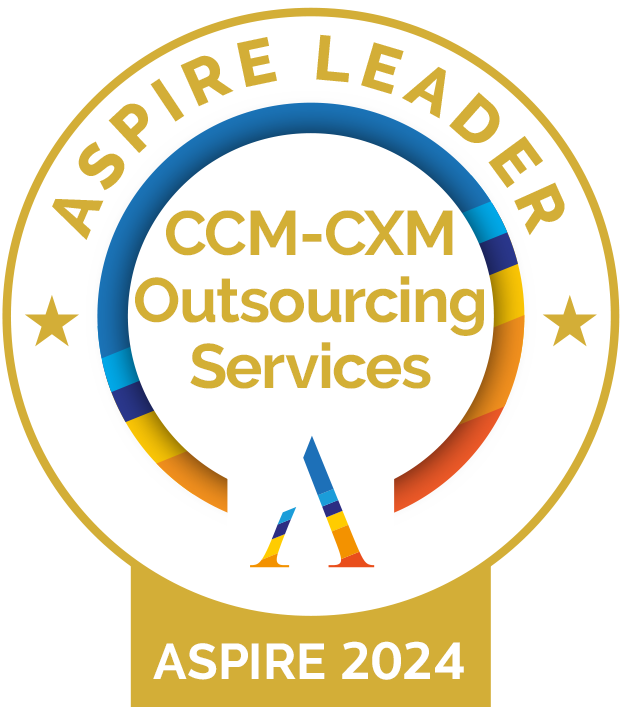The nuances of bill presentment
People juggle a lot of monthly bills: utilities, healthcare, insurance, mortgages or rent, cell phones, internet, and more. And those bill amounts are increasing— For example, Americans now spend more than $4,400 a year on utility bills and 20 million are now behind on payments. Part of this is certainly due to factors surrounding inflation and job loss. But another critical element is how exactly a bill gets delivered.
For instance, print bill presentment can often lead to bills being lost in the mail, not received on time, or misplaced at home. All of these potential scenarios mean a business might struggle with collections, late payments, and reduced customer satisfaction. Paying a bill via paper can not only cost both the payee and the payer more money in terms of shipping, postage, and paper, but also lengthen the time it takes to actually get paid.
Another factor, regardless of whether it’s done via print or online, is that bill presentment when only used for delivering an invoice, is a missed opportunity to share more about your brand and what it offers to customers. When you only focus on bill presentment, it keeps your relationship with customers very transactional. With more consumers wanting personalized, relevant connections with the businesses they use—95% of purchasing decisions are influenced by emotions and not logic—it pays to use bill presentment as a lever for heightened customer engagement and experience. You can read more about the science behind customer experience in our blog here.
The shift to electronic bill presentment
Today’s consumers are super connected, which means they want to receive communications and get things—like bills—done on whichever channel and device they choose, whenever they want. This is why incorporating electronic bill presentment into your strategy is a wise choice. According to the Consumer Financial Protection Bureau, 56% of cardholders opted for e-statements only in 2020, up from about a quarter in 2014.
More and more businesses of all verticals and sizes are shifting to electronic bill presentment methods so customers can enroll in both viewing and paying their bills online, many opting for auto-payment too. Moving from print to digital can save businesses money and cut the time and effort spent chasing down payments. The reasons are clear. If a customer is on their smartphone and gets an email notification that a payment is due, they’re more likely to quickly make or schedule a payment in that moment than if they got a bill in the mailbox that might get forgotten in a pile on the counter for days or weeks.
Some of the electronic bill presentment methods most widely used include:
- Websites: This typically includes having statements appear in a customer’s online banking account or portal.
- SMS: This is when a business sends invoices via text message, often with a link to click to pay a bill.
- Email: Bill presentment in this channel usually includes a message that then links to view the bill online.
- Mobile web: Bill presentment via mobile web is when a customer receives an invoice via an app accessed through their smartphone or tablet.
4 tips for maximizing the bill presentment moment
Bill presentment and payment are must-dos, yes, but they are also a chance to deepen your relationship with customers, cross-sell, and up-sell. Consumers want meaning and relevance at every interaction, which is a chance for your business to turn standard bills, statements, and invoices into opportunities for connection.
- Personalize communications: Create conversations, not transactions, based on how your customers have paid their bills or completed their orders before and the products they currently use. These communications could be specific promotions or relevant product resources, for example.
- Use the space wisely: Regardless of whether you’re using print or electronic bill presentment methods, use the real estate on the bill or statement to advertise a new service, announcements, personalized deals, and resources. If you’re still using print bill presentment, use the paper statements to encourage digital adoption with carefully positioned information indicating how to sign up.
- Give them choices: Understand the channels your customers engage with most—whether print or digital—to increase the probability of receiving and reading your communications and taking the desired actions.
- Keep the conversation going: Don’t think of each bill or statement as a “one and done.” Clear calls-to-action can nudge the customer to engage with other communications, channels, services, or products, potentially increasing their lifetime value.
What to look for in a bill presentment partner
Not all bill presentment partners are a fit for your business. Even if you’re still solely focused on print, you want a partner that is capable of helping you transition to electronic bill presentment capabilities when your business is ready. Additionally, you don’t just want a partner that can help you do bill presentment well—you also want one that can help you execute bill pay and promotion.
- The option to accept payments from customers through multiple channels
- The ability to print documents in fully monitored production facilities
- Tight integration with the print facility and the ability to suppress paper bills
- An online portal for accessing accurate replicas of bills/statements
- An archive with custom retention periods
- Seamless interface integration and simple UI
- Self-service administrative capabilities
- Dynamic reporting and search capabilities
- Security and compliance with industry standards
- Marketing capabilities surrounding the entire funnel: customer acquisition, retention, loyalty, and brand affinity
EverView’s data-driven bill presentment solution simplifies the delivery process, reduces costs, and improves efficiency for businesses, in addition to managing your bill bay and promotional needs. Get in touch with us today to learn more.




